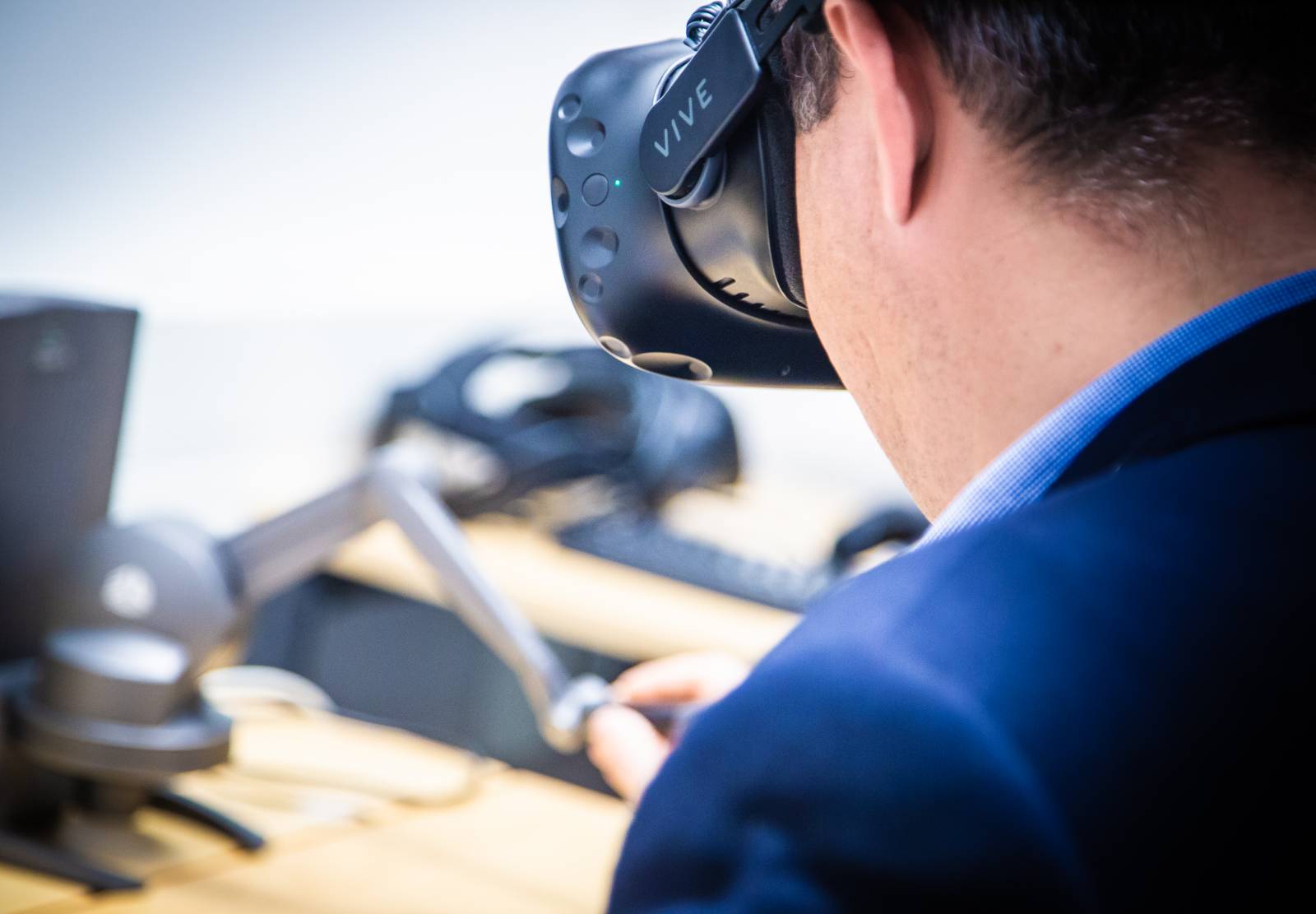Our group approaches research through analytic and constructive means. We build prototypes, study behavior of people, invent new technologies, carry out laboratory tests, and do generally crazy stuff.
Some of our research topics are listed below, together with a few key research questions.
Selected papers on these topics are found in the Publications section, and specific topics in the Projects section.

